HOME
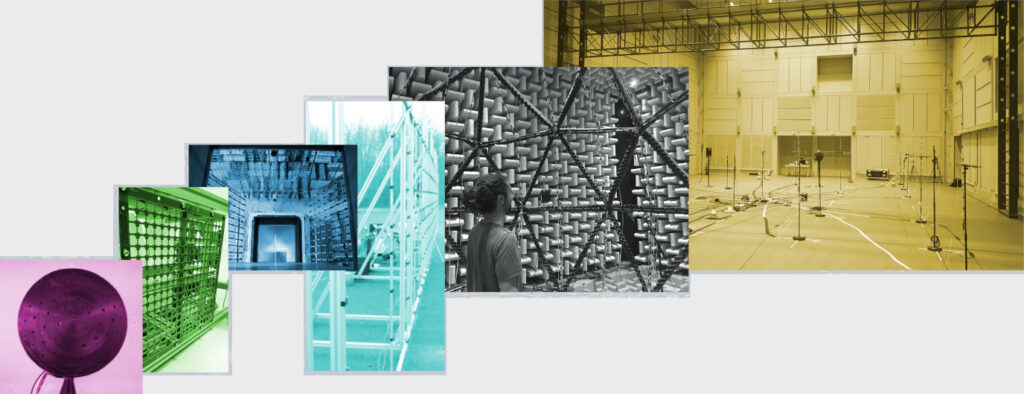
BIMEA – Pioneering Sound Intelligence for Industry and Innovation
Harnessing Acoustics and Artificial Intelligence to tackle sound challenges in industry and everyday life.
Mµ
BIMEA produces high-precision acoustic antennas with up to 1,024 channels.
Based on Mµ technology (Megamicros) and its expertise in Artificial Intelligence, Bimea develops Intelligent Applications around its acoustic antennas.
Flexible
From 8 to 1,024 microphones, BIMEA adapts to projects of any scale.
Choose the geometry of your array: 2D, 3D, linear, planar, circular, spherical, and more.
Mµ is engineered for large-scale acoustic measurement, covering distances of up to 50 meters.
Cost-efficient
Leveraging high-performance, mass-produced digital MEMS microphones, Mµ technology provides low manufacturing and operating costs.
The modular design of Mµ allows for customization to fit your specific budget.
Our advanced solutions for 3D acoustics and AI applications
Acoustics and signal processing expertise
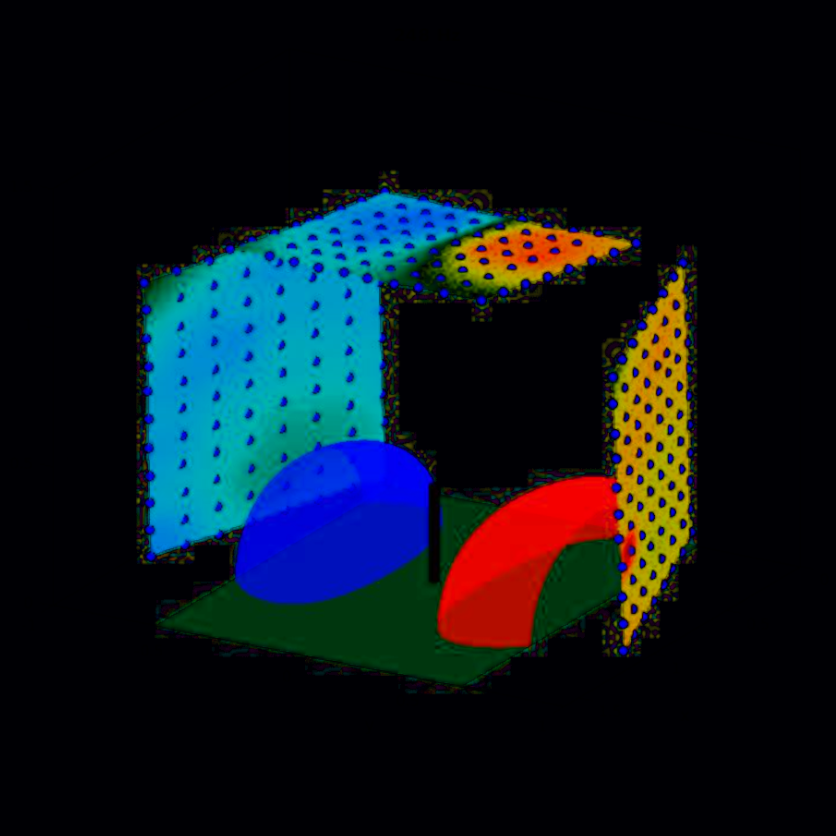
Mµ systems offer cutting-edge tools and methods for signal processing and advanced acoustic signal analysis. By capturing vast amounts of data in real time, our arrays enable the study of acoustic radiation, remote source sensing, room acoustics, and all applications related to acoustic imaging.
Expertise in computer science and Artificial Intelligence
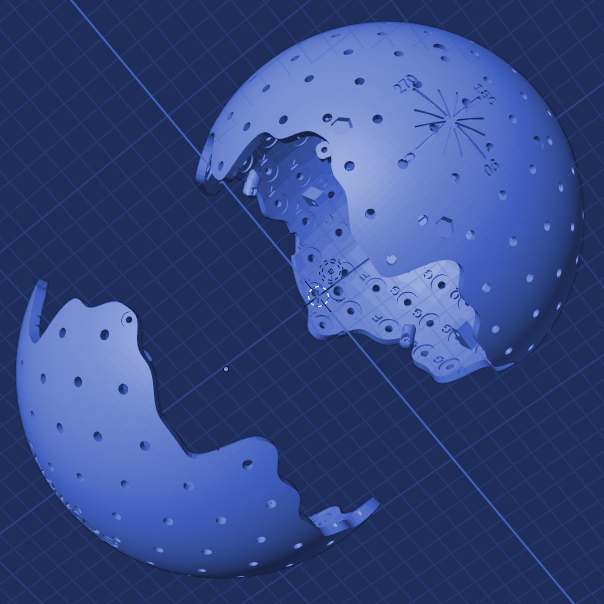
Our teams combine recognized expertise in computer science and artificial intelligence to develop innovative solutions for industry and research. The integration of acoustics and AI opens new possibilities, allowing us to design advanced solutions for acoustic challenges in industry, research, and education.
Expertise in electronics and embedded computing
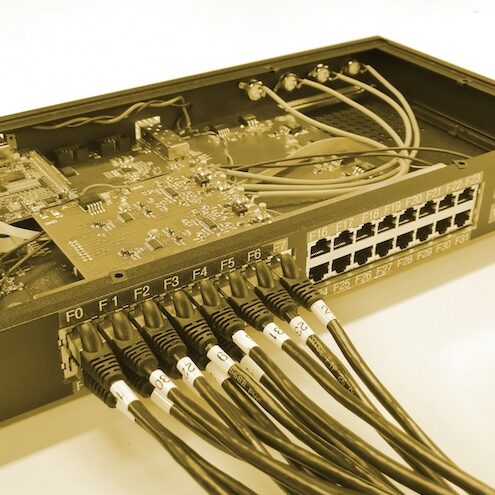
Mµ digital systems control antennas with 8 to 1,024 microphones. They can be managed by an onboard computer, operate remotely, or function in server mode.
Our Cutting-Edge Solutions
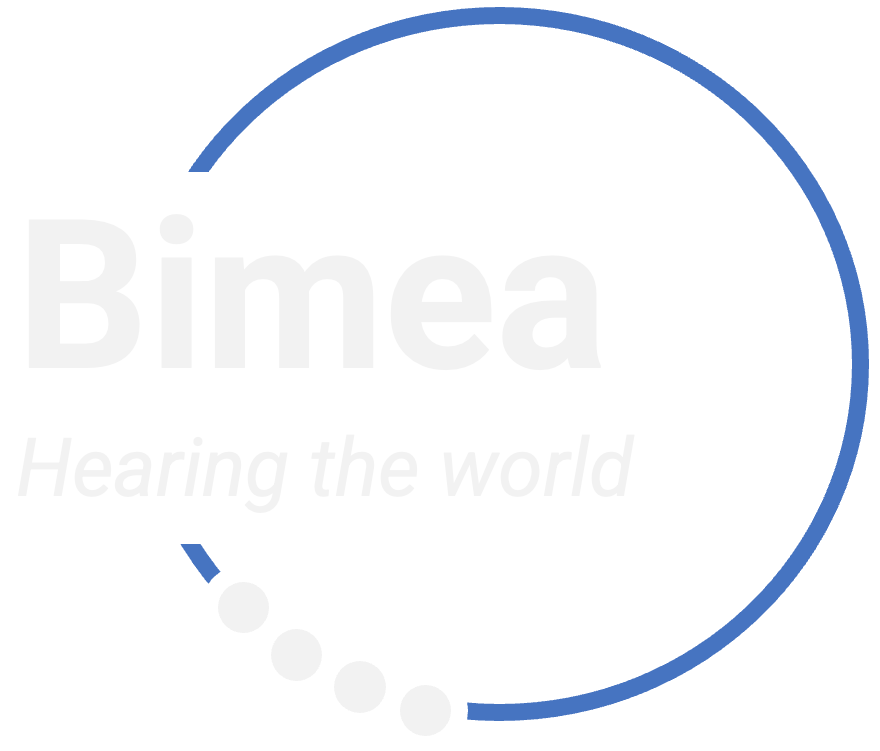
The Mµ concentrator synchronizes and serializes microphone signals from up to 1,024 channels, transmitting them via USB 3.0 for real-time storage and processing. Mµ is plug-and-play, providing access to raw signals as well as basic or advanced processing. It can be controlled through ergonomic control software, a dedicated Python library for command-line operation, or customizable graphical interfaces.
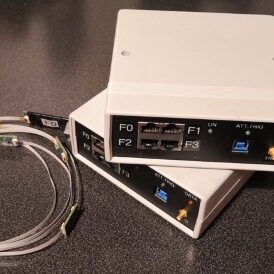
Synchronous digital acquisition from 8 to 32 channels for sound space mapping, noise source localization, and identification using machine learning.
- Real-time source analysis and tracking
- Analysis and interpretation of soundscapes
- Urban and environmental acoustics
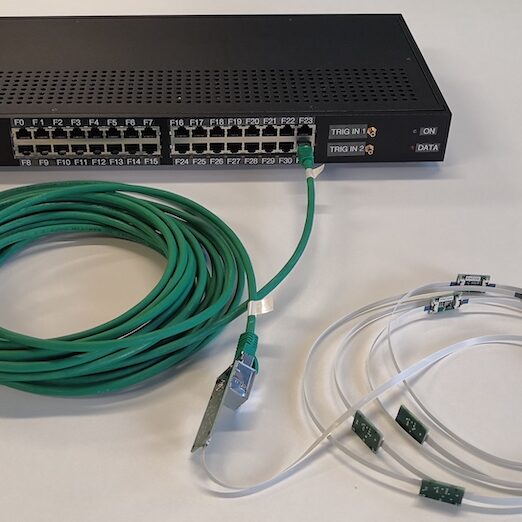
Synchronous digital acquisition from 8 to 256 channels for semi-industrial, high-resolution sound field analysis applications.
- Power measurement
- Real-time multi-frequency beamforming source imaging
- Room acoustics
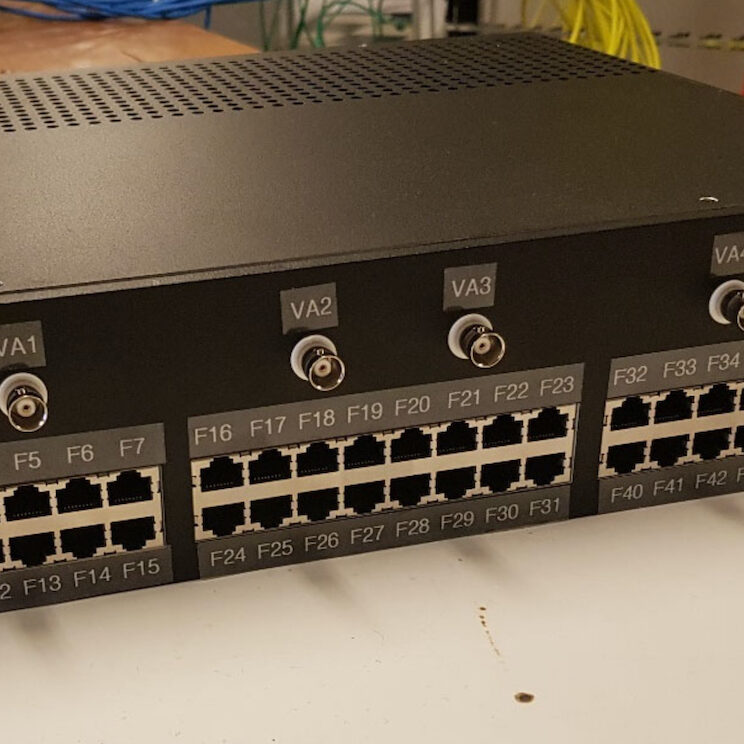
Synchronous digital acquisition of 8 to 1,024 channels for industrial and advanced research applications in high-resolution sound field analysis, including:
- Aeroacoustics in the field or wind tunnel
- Characterization of complex sources
